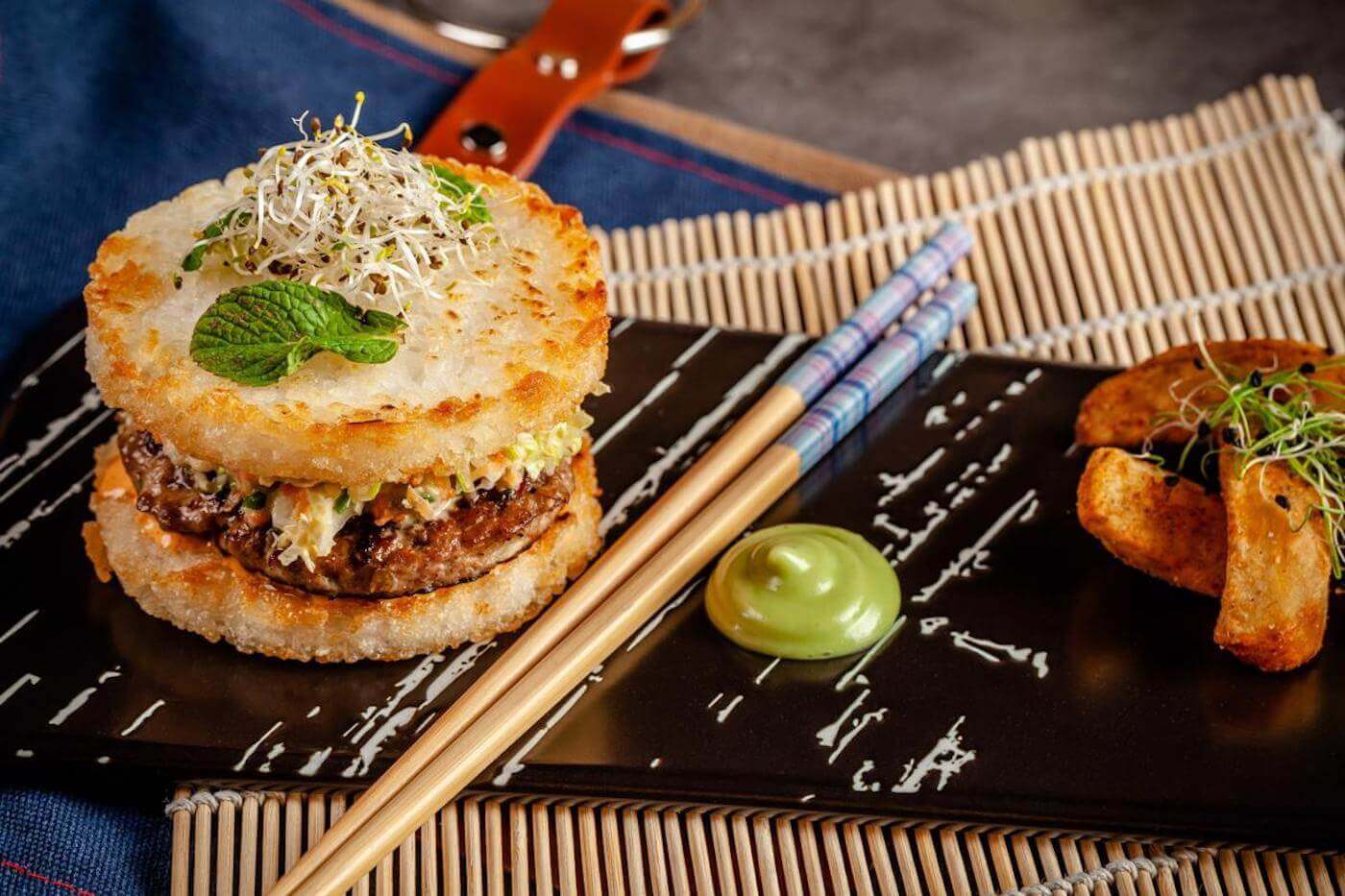Food is one of the most powerful mediums for cultural expression and connection. It’s not just a source of sustenance; it’s a reflection of history, geography, and traditions. As the world becomes increasingly interconnected, a remarkable culinary phenomenon has emerged: cultural fusion cuisine. This culinary trend involves blending ingredients, techniques, and flavors from different cultures to create something entirely new. In this blog, we’ll delve into the fascinating world of cultural fusion cuisine, exploring its origins, impact, and some mouthwatering examples that celebrate the art of mixing food and heritage.
The Origins of Cultural Fusion Cuisine
Cultural fusion cuisine is not a recent invention; it has been a part of human culinary history for centuries. Trade routes, migration, and conquests have historically brought people and ingredients from diverse backgrounds into contact with one another. This exchange of ingredients and cooking methods has resulted in the fusion of culinary traditions, giving birth to entirely new cuisines.
One of the earliest and most well-known examples of cultural fusion cuisine is the Silk Road, the ancient network of trade routes that connected the East and West. Along this route, ingredients such as spices, rice, and noodles were exchanged, leading to the creation of dishes that are now considered staples in both Asian and Middle Eastern cuisines.
The Impact of Cultural Fusion Cuisine
Cultural fusion cuisine has had a profound impact on the culinary world for several reasons:
1. Diversity: It celebrates and promotes cultural diversity. By combining elements from different culinary traditions, it encourages appreciation for various cultures and their unique flavors.
2. Creativity: Cultural fusion cuisine is a playground for culinary creativity. Chefs are constantly experimenting with new combinations, leading to the creation of exciting and innovative dishes.
3. Accessibility: Fusion cuisine makes international flavors more accessible. It allows people to experience the essence of a distant culture without leaving their hometown.
4. Community: It fosters a sense of community and connection. Sharing fusion dishes often involves collaboration and the blending of different cultural backgrounds, creating opportunities for cross-cultural understanding.
5. Culinary Education: Fusion cuisine serves as a form of culinary education. It introduces people to ingredients, flavors, and techniques they might not have encountered otherwise.
Mouthwatering Examples of Cultural Fusion Cuisine
Now that we’ve explored the concept and impact of cultural fusion cuisine, let’s take a closer look at some delicious examples:
1. Sushi Burritos: This delightful fusion combines the Japanese art of sushi with the convenience of a burrito. Large seaweed wraps encase a combination of fresh fish, vegetables, rice, and sauces. It’s a portable, customizable, and utterly delicious marriage of two culinary traditions.
2. Tex-Mex: Tex-Mex cuisine is a perfect example of cultural fusion, blending Mexican and American culinary elements. Dishes like chili con carne, nachos, and fajitas combine the bold flavors of Mexican cuisine with American ingredients like beef and cheese.
3. Korean Tacos: Korean tacos are a marriage of Korean barbecue and Mexican street food. Tender, marinated meats are often topped with spicy kimchi and served in a soft taco shell. It’s a harmonious blend of flavors and textures.
4. Indian-Chinese Cuisine: In India, a unique style of Chinese food has developed over the years, known as “Indian-Chinese cuisine.” Dishes like chili chicken, manchurian, and Hakka noodles combine Chinese cooking techniques and ingredients with Indian spices and flavors.
5. Peruvian-Japanese Nikkei Cuisine: This fusion cuisine emerged from the Japanese immigrant community in Peru. Nikkei dishes combine Japanese ingredients and techniques with Peruvian flavors, resulting in dishes like tiradito (similar to ceviche) with a hint of umami from soy sauce.
6. Vietnamese-French Banh Mi: The banh mi sandwich is a beautiful blend of Vietnamese and French culinary traditions. A French baguette is filled with Vietnamese ingredients like pickled vegetables, cilantro, and a variety of proteins, creating a harmonious blend of textures and flavors.
7. California Roll: The California roll is a classic example of cultural fusion in sushi. Invented in Los Angeles, it replaces traditional seaweed with avocado, making it more approachable for those who are not accustomed to the taste and texture of seaweed.
8. Hawaiian Poke: Hawaiian poke bowls are a fusion of Hawaiian and Japanese culinary influences. Fresh fish is cubed and marinated in soy sauce and sesame oil, then served over rice or salad greens. It’s a refreshing and healthy fusion dish.
The Creative Process Behind Fusion Cuisine
Creating fusion cuisine requires a deep understanding of the flavors, techniques, and cultural significance of the ingredients being combined. Chefs who specialize in fusion cuisine often engage in a meticulous creative process:
1. Research: Chefs research the culinary traditions they intend to blend, studying the ingredients, techniques, and cultural context of each cuisine.
2. Experimentation: Fusion cuisine is all about experimentation. Chefs test various combinations of ingredients, experimenting with ratios and cooking methods until they achieve the desired flavor and texture.
3. Balancing Flavors: Finding the right balance of flavors is crucial in fusion cuisine. Chefs must consider how the ingredients complement or contrast with each other to create a harmonious dish.
4. Presentation: Presentation plays a significant role in fusion cuisine. Chefs often draw on the aesthetics of both cultures to create visually appealing dishes that tell a story on the plate.
5. Feedback: Chefs seek feedback from diners to refine their fusion creations. This iterative process allows them to continually improve and innovate.
The Future of Cultural Fusion Cuisine
As our world becomes increasingly interconnected, the future of cultural fusion cuisine looks promising. Here are some trends and developments to watch out for:
1. Global Collaboration: Chefs from diverse backgrounds are collaborating to create innovative fusion dishes. This trend will likely lead to more exciting and authentic fusion cuisine.
2. Sustainability: Fusion cuisine will incorporate sustainable practices by combining traditional techniques for preserving and using ingredients with modern cooking methods.
3. Health and Wellness: Fusion cuisine will embrace health and wellness trends, incorporating superfoods, plant-based ingredients, and mindful cooking techniques.
4. Tech Integration: Technology will play a role in the evolution of fusion cuisine, enabling chefs to explore new ingredients and techniques from around the world.
5. Home Cooking: Fusion cuisine will become more accessible to home cooks, with cookbooks and online resources providing guidance on creating fusion dishes.




